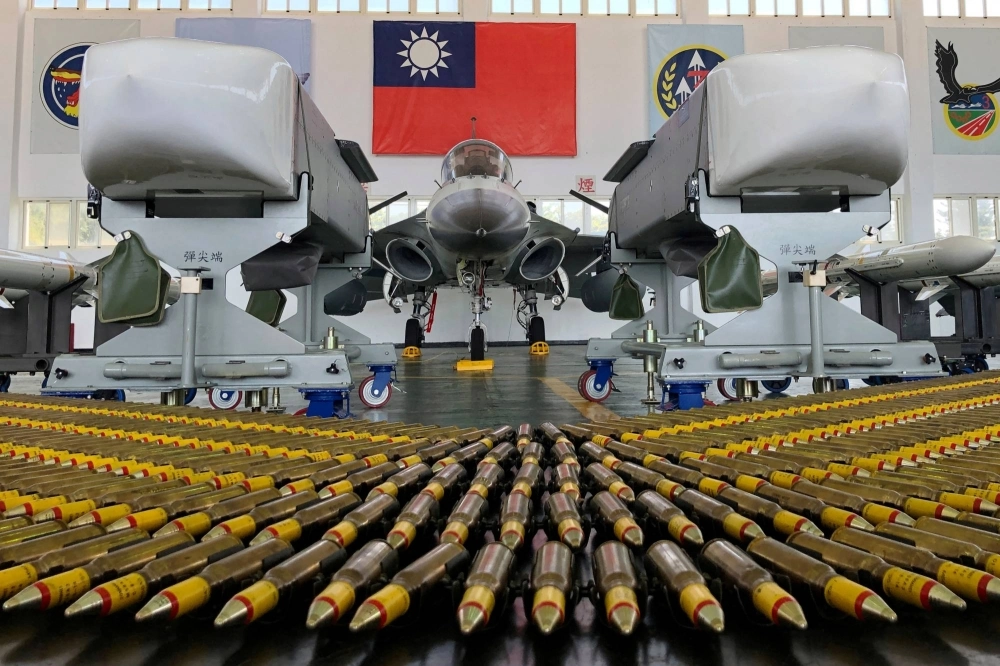As Beijing steps up what Taipei views as "gray zone" harassment in a bid to challenge Taiwanese sovereignty, the island’s military said in its latest national defense report that it is drawing lessons from the war in Ukraine in its efforts to counter China.
Released Tuesday, the biennial report indicated that Taiwan’s National Defense Ministry is learning from Kyiv's defensive strategy, including the effectiveness of asymmetric operations and the need to improve decentralized command capabilities.
It also pointed to an ongoing push by the self-governed island to increase resilience and self-sufficiency, prioritize the domestic defense industry and beef up its “all-out-defense” capabilities by acquiring less-conventional weapons, realigning its forces and promoting a whole-of-society defense approach.


















With your current subscription plan you can comment on stories. However, before writing your first comment, please create a display name in the Profile section of your subscriber account page.